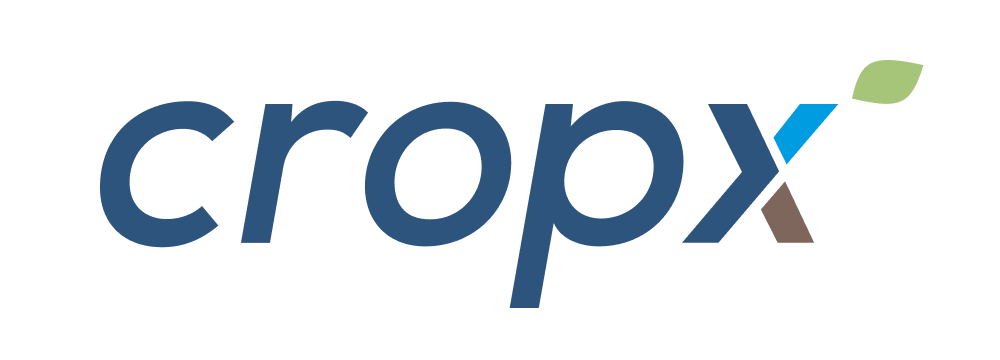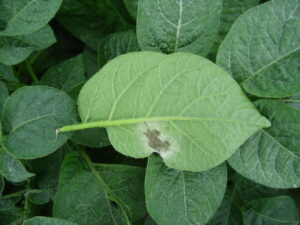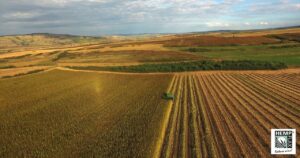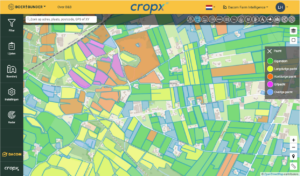HempFlax cultivates and processes 2,200 hectares of fiber hemp in the Netherlands, Germany, and Romania. For agronomist Bart de Vries, Cloudfarm provides an extra set of eyes to monitor the crop's growth. With Crop Registration, a closed registration system is maintained per plot. This is required, among other things, for the strict ISCC Plus certification...
Since 1994, HempFlax from Oude Pekela (Gr.) has been active as a pioneer in the cultivation, processing, and valorization of fiber hemp. An ancient crop that is more relevant than ever. Did you know that you can build entire houses from hemp and that the product is widely used in the automotive industry? The 2,200 hectares of hemp processed annually by HempFlax in the Netherlands and Romania are grown by farmers in the Netherlands and Germany. Additionally, it has its own arable farm in Alba Lulia, Romania. In addition to hemp, other crops such as flax, soybeans, and wheat are also grown there.
HempFlax uses both Crop Registration and Cloudfarm for managing hemp cultivation. The Dacom software is also used on its own arable farm. Agronomist Bart de Vries explains: "All our hemp is certified according to ISO 9001 and ISCC Plus (International Sustainable Carbon Certificate). The latter is required by the automotive industry and records the environmental impact of the product. Hemp is CO2-negative. The crop sequesters carbon, and apart from sowing and harvesting, no additional operations are required. For this certificate, the field history must be recorded, among other things. With the help of Boer&Bunder, Dacom takes care of this. If a field is located in a protected area, this is registered, and the batch is processed and stored separately. The exact field location can be exported and uploaded to the certification system's website.
Historical data
De Vries has been working at HempFlax since 2022. "All historical data was already in the Dacom software. I was able to take over the complete history of my predecessor, which we have had since 2019," he explains. "The data also provides a lot of convenience for the annual audits. For certification, we have to deal with sampling. We share the plot data and location so that the right audit can take place.
Benchmark
During the growing season, De Vries travels between Romania and the Netherlands. "In Cloudfarm, I filter in advance the plots I want to visit. For example, the best and worst performing plots, based on NDVI satellite images. In a week, I can never visit all the fields. So, I take a sample. That makes my work much more efficient. On the platform, I have immediate insight into the status of the crops, and this also creates a benchmark. What is above and what is below average? Especially the first 3 weeks are crucial in cultivation."
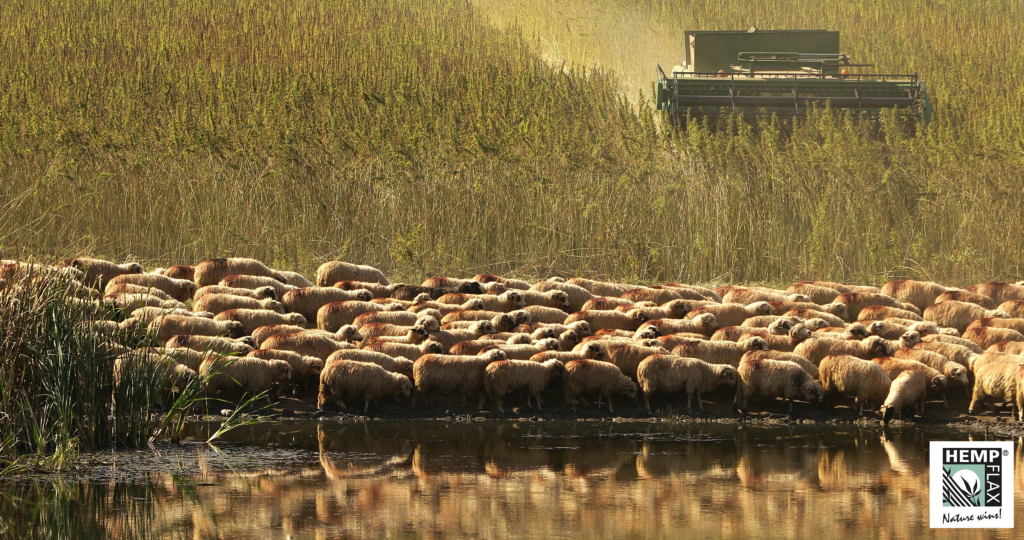
Data analysis
During the winter months, the agronomist is busy with data analysis. "It's really exciting to work with," he says. "There are many functions in the software that you can use, or export the data to Excel. For example, I put all the yield data together to compare. With such a large area, you can compare plots well. Because the plot history is known, you can extract a lot of useful information from it. We also compare varieties with each other in this way. Especially in Germany, the soil type varies from sand to peat. Based on soil type, location, variety, sowing date, and yield, I conduct data analysis."
Field navigation
Field registration is carried out by HempFlax itself. The growers - who cultivate the crop under contract - do not have to perform any administrative tasks for this. The contractors hired by the company for harvesting also work with Dacom. "This has 2 advantages," explains De Vries. "On the one hand, the contractor has an overview of all the plots to be harvested. We also indicate where the access to the plot is located. That may sound simple, but harvesting sometimes continues day and night. The last thing you want is to spend hours driving around with a harvesting machine looking for the right entrance. Plots in Germany are often very remote. On the other hand, the yield is also stored. This serves as the basis for the payment to the grower."
Task maps
HempFlax does not yet work with site-specific application or yield mapping. "The beauty of hemp cultivation is that no fertilization or crop protection is required after sowing," says De Vries. "This makes the cultivation partially CO2-negative. "On our own 800-hectare arable farm, we do want to start using task maps. We are now using no-till and fixed row paths for the first time. Site-specific application is the next step."
The cultivation of fiber hemp in Europe has grown rapidly in recent years, including at HempFlax. De Vries says, "This year, hemp is also being cultivated in Friesland, Limburg, Noord-Brabant, Gelderland, and Overijssel. Partly still on a small scale as a trial. The bio-based construction with natural materials is taking off. This requires raw materials. We also monitor these plots with Dacom. Due to the new Common Agricultural Policy (CAP) and 7th Action Program, new rules apply this year, such as mandatory buffer strips. We can map these with just one click. That makes my work a lot easier. If a task takes me three or four clicks, I consult with Dacom to see if it can be done faster. Thanks to short lines of communication and good service, this is possible."
